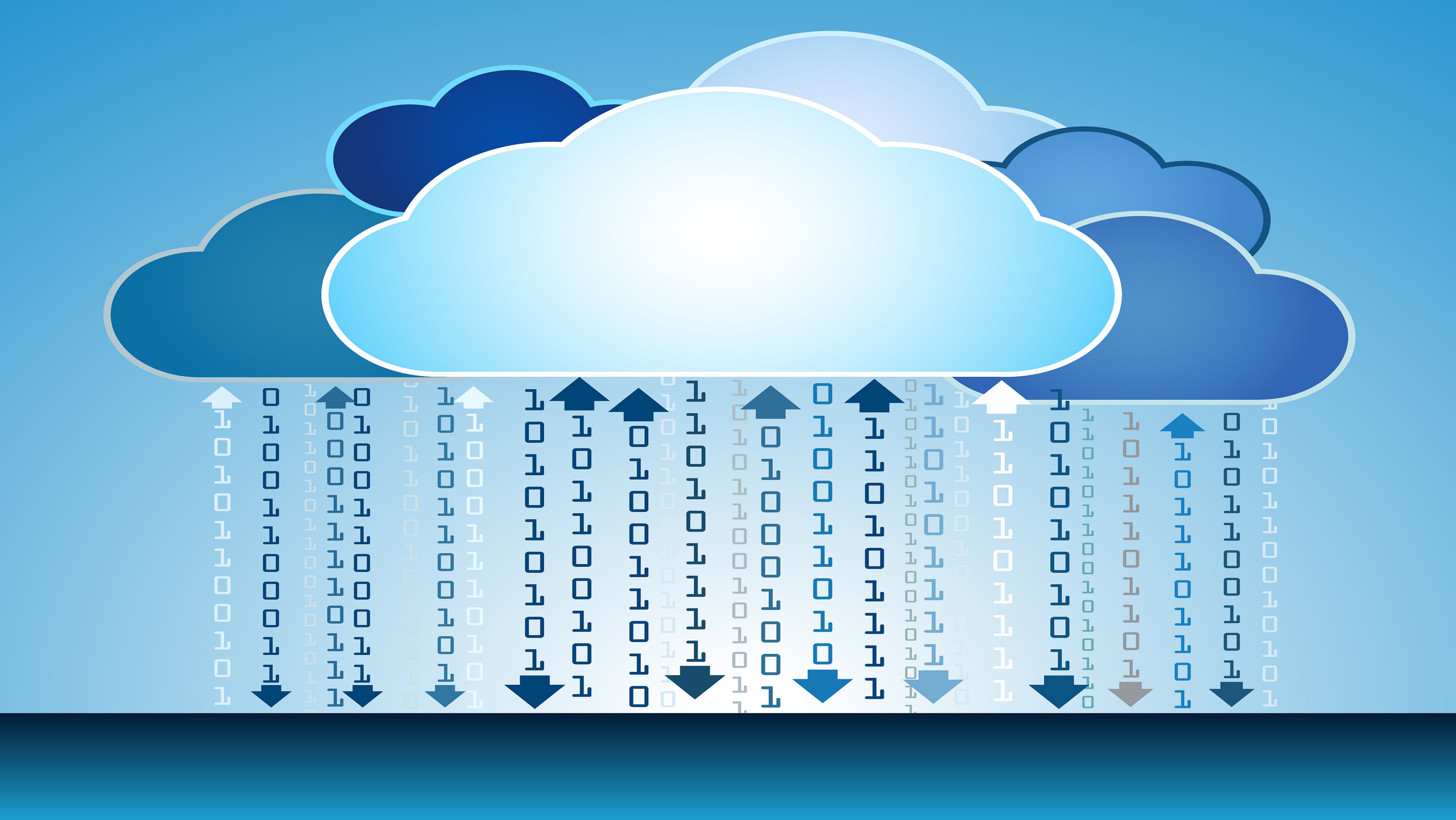
Tag: scaling
Scaling Real-Time Messaging for Live Chat Experiences: Challenges and Best Practices
Live chat is the most common type of realtime Web experience. Embedded in our everyday lives in the form of messaging platforms (e.g., WhatsApp and Slack) and chat experiences across e-commerce, live streaming, and e-lea Read more…
EMR Serverless Now Available from AWS
Amazon EMR, which ostensibly is the world’s most popular hosted Hadoop environment, is now generally available as a serverless offering, AWS announced today. Amazon EMR Serverless will save customers time and money Read more…
Dogged Determination: How Trupanion Pulled AI Across the Finish Line
David Jaw had reason to be excited. As a data scientist at Trupanion, Jaw had just put the finishing touches on the prototype of a machine learning model that could replicate the actions of a human claims adjuster with a Read more…
Uber’s Training Tool Shares Ride for Deep Learning
A Linux Foundation project focused on AI development is expanding with the addition of a deep learning training tool based on an Uber-sponsored project. Launch by the ride-sharing specialist, the Horovod project is a Read more…
AtScale Revs ‘Universal Layer’ to Keep Data ‘Big’
Keeping the "big" in big data is the mission of a four-year-old startup launched by Hadoop and business intelligence veterans with the aim of bridging the gap between users, their favorite tools and underlying Hadoop dat Read more…
HP Diving Deeper into R Parallelization
Despite R’s popularity as a statistical tool, its single-threaded nature might be a short-coming in scaling its use as a tool for big data applications. Not if they can help it, says HP. Read more…
Big Data – Scale Up or Scale Out or Both
The “Big Data” term is generally used to describe datasets that are too large or complex to be analyzed with standard database management systems. When a dataset is considered to be a “Big Data” is a moving target, since the amount of data created each year grows, as do the tools (soft-ware) and hardware (speed and capacity) to make sense of the information. Many use the terms volume (amount of data), velocity (speed of data in and out) and variety of data to describe “Big Data”. Read more…



































